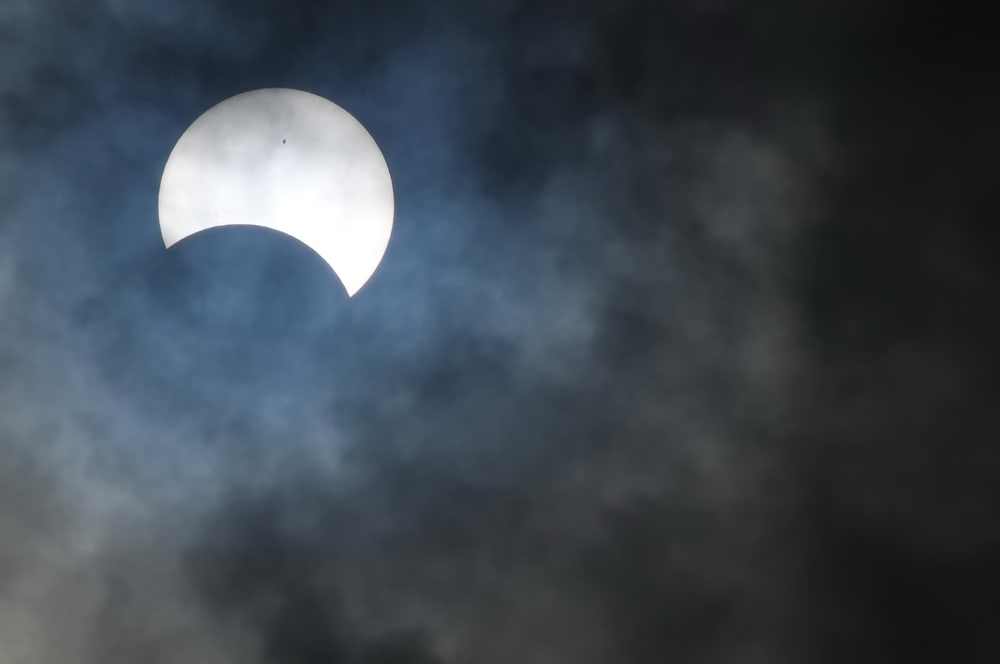For the first time in human history a solar eclipse is expected to impact our electrical power supply systems. Not because the forthcoming eclipse of 20th march 2015 is bigger or longer lasting than earlier solar eclipses, but rather due to the increased use of solar energy for power supply.
Back in 1999, around the time of the last large solar eclipse in Europe, solar power covered just 0.1 per cent of all the electricity produced in Europe from renewable energy sources. Since then solar power generation increased to at least 10.5 per cent as countries subsidize green power to meet EU renewable energy targets.
If there is a clear blue sky on the morning of March 20, 2015, when the solar eclipse will pass over all of Europe, the solar power production will decrease from 17.5 gigawatts to 6.2GW and then increase again up to 24.6GW within 30 minutes. This means that during the eclipse the system will have to adapt to a load change of -10GW to +15GW.
As operators are standing by and there are several well-known ways of balancing power supplies, the eclipse is unlikely to cause any problems. Coal, gas and hydropower generators will be employed to ensure balance in the system, which has to produce as much electricity as it is used at all times.
“The risk of incident cannot be completely ruled out” the European Network Transmission System Operators for Electricity declared, adding that the eclipse on March 20 will be “an unprecedented test for Europe’s electricity system”.
This type of vulnerability on solar eclipses is expected to become more common by 2030 as more renewable energy comes on stream. Hence, March 20 is only a glimpse into the future of our power systems. Luckily, operators are well able to predict when an eclipse occurs.
Source: ENTSO-E. Image via Shutterstock

Share your thoughts and join the technology debate!
Be the first to comment